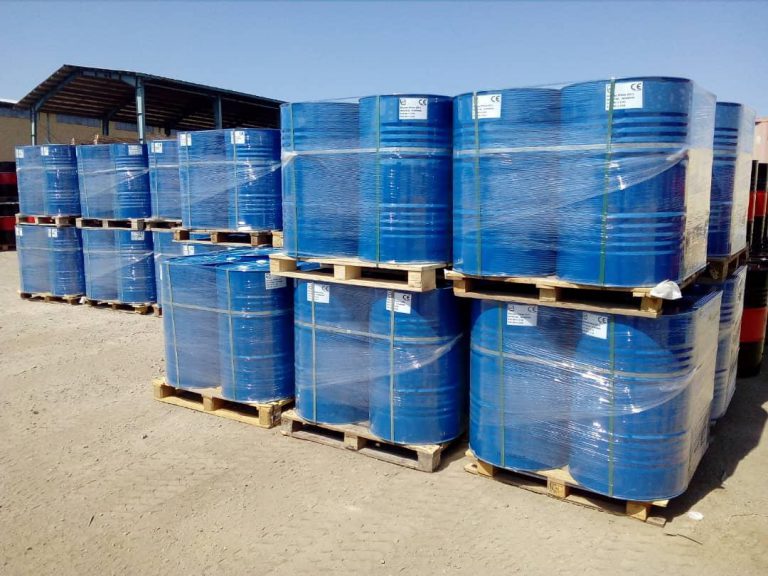
Introduction of Slow Curing Cutback Bitumen
Slow Curing Cutback Bitumen is a bituminous mixture formed when penetration-grade bitumen is blended with a low-volatility petroleum solvent, whose presence reduces its viscosity significantly and renders it more suitable for use, especially in applications where extended workability is desired. Compared to rapid or medium curing, slow curing cutback bitumen hardens and dries at a slower pace, owing to the reduced evaporation rate of the solvent.
This characteristic makes it particularly suitable for application in areas where greater penetration into surfaces is desirable, and where there is progressive curing without affecting construction schedules. It is predominantly applied in roadwork, roofing, and waterproofing, where it serves as an aggregate binder, sealant for cracks, or protective coat to repel water. The slow evaporation also helps to enhance adhesion and formation of a greater bond with base materials, making it optimal for application in climates or jobs where high curing speed is not possible. Common grades of slow curing cutback bitumen include SC-70, SC-250, SC-800, and SC-3000, differing in viscosity and selected based on the desired curing rate and application method.
In practice, slow curing cutback bitumen is widely applied in surface dressing, patching, repair, and seal coating works. In surface dressing, it provides weather-resistant and tough finish, and its long curing period ensures more solid bonding of the road surface. In patching and repairing, it provides good adhesion to the original layers of asphalt, thereby creating durable and effective repairs. As a seal coat, it waterproofs asphalt surfaces and pavements against weathering, sun damage, and water.
While its slower rate of drying is a disadvantage in construction sites where quick reopening to traffic is required, that same attribute is an advantage in uses where time is available for greater penetration and longer-term performance. The proper safety measures should be followed when dealing with and applying, including the use of proper ventilation and the removal of ignition sources, as the petroleum solvents utilized are even flammable. The grade selected—SC-70 for light use or SC-3000 for heavy, heavy-duty work should be appropriate to the environmental and technical needs of the project.

